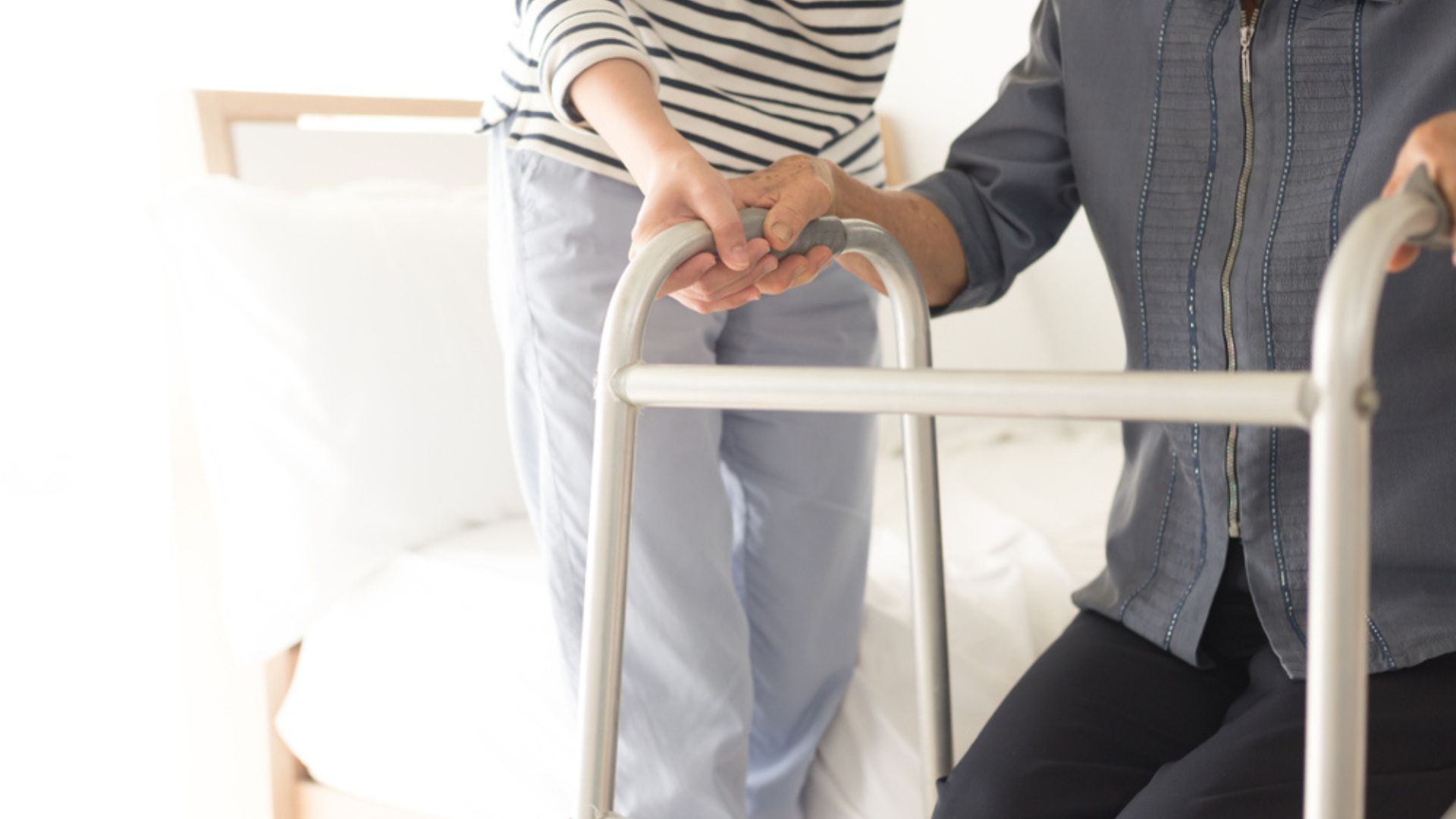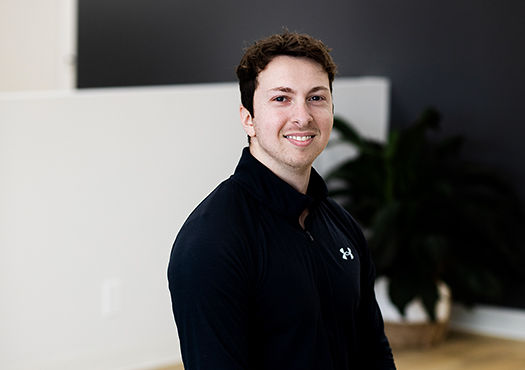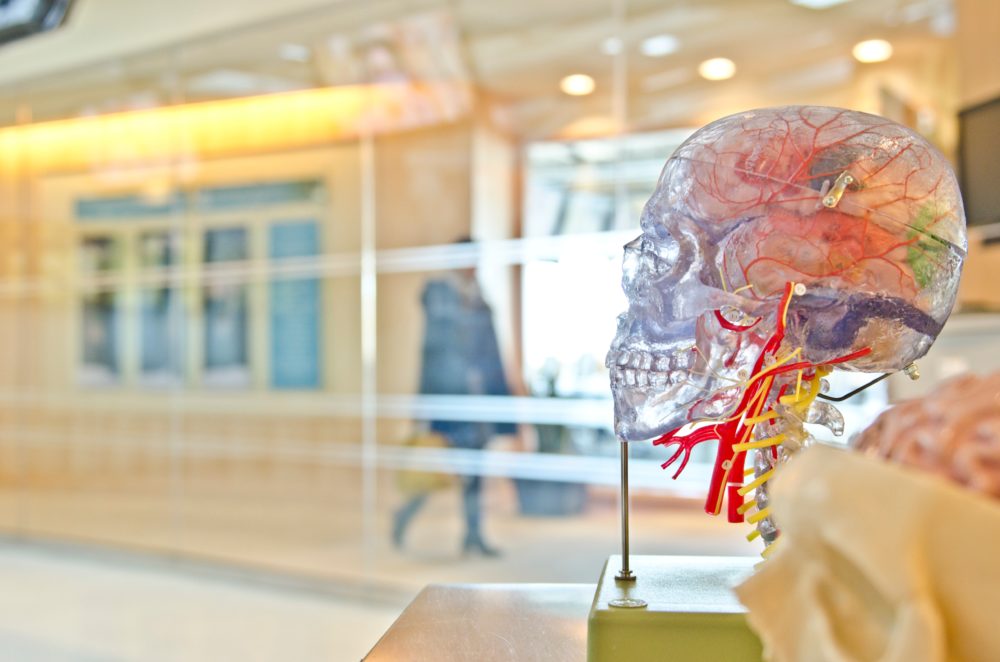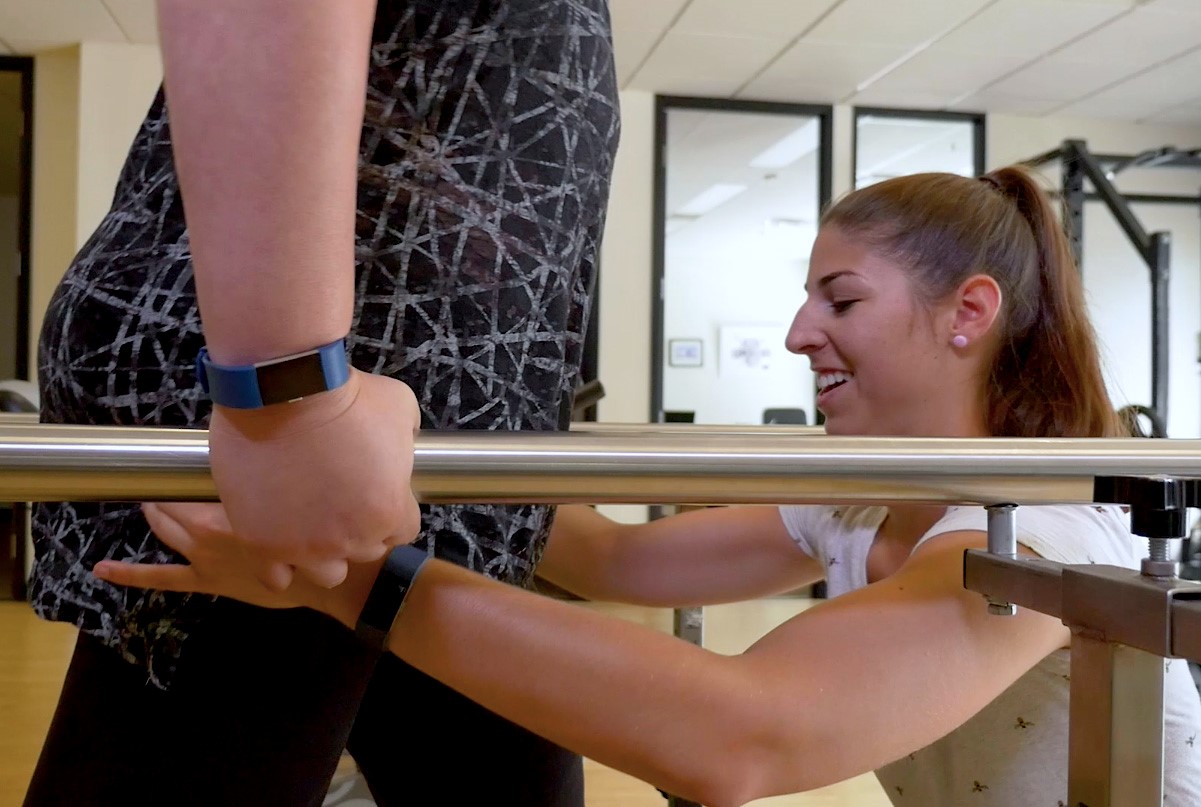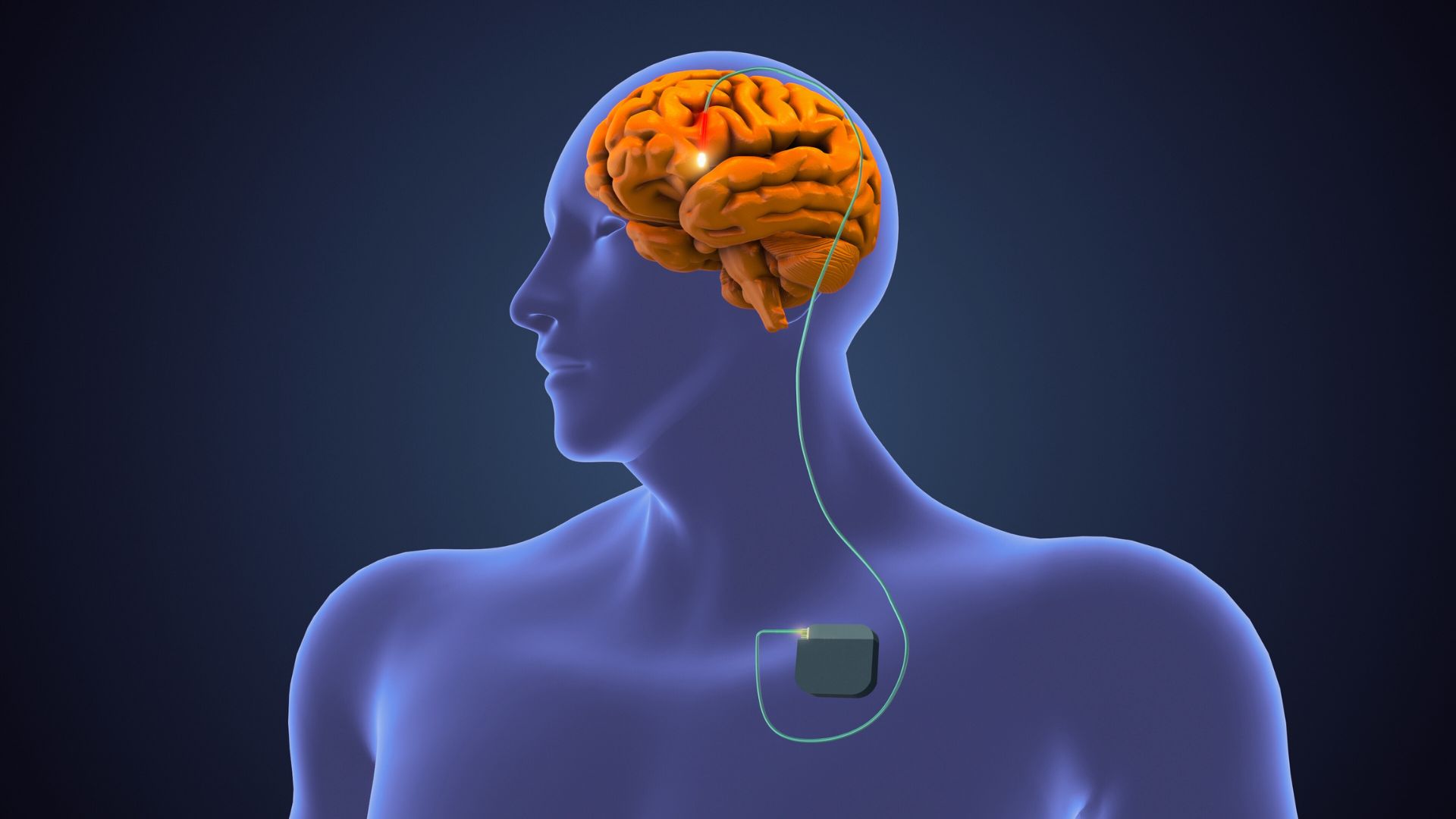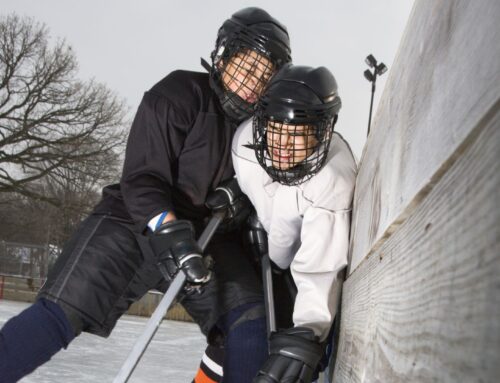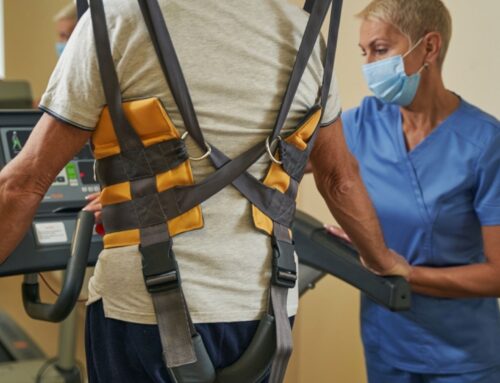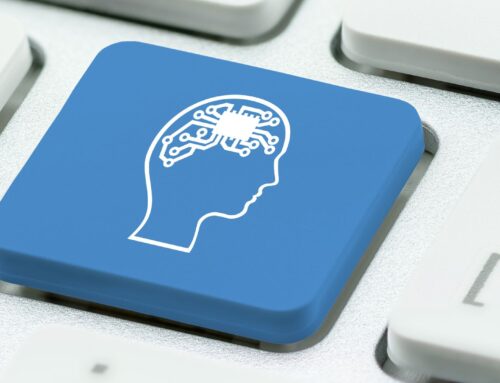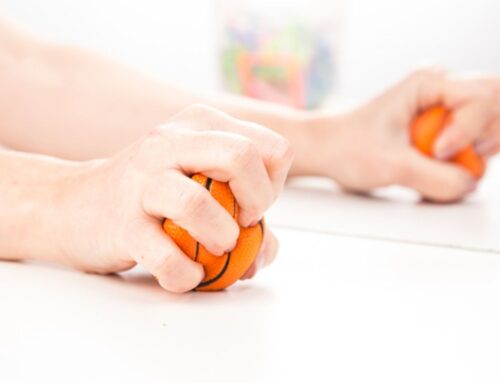Stroke recovery can be a long and challenging process. While the greatest changes often occur within the first six months after a stroke, significant changes can continue many years after a stroke or what is called chronic stroke. Neuroplasticity, or the ability of the brain to rewire or reorganize itself can allow healthy areas of the brain to compensate for damaged tissues.
Physiotherapy plays a key role in fostering this recovery. Research suggests that continued improvement occurs in the chronic phase of stroke with regular practice of goal directed skills.[i] Through intense, patient oriented and active therapy, clients can make significant recovery many years after stroke.
In this article, we look at a specific case of chronic stroke recovery six months after the initial event.
Table of Contents
- Chronic Stroke Case Background
- Chronic Stroke Treatment Approach
- Treatment Outcomes
- Chronic Stroke Rehabilitation
Chronic Stroke Case Background
An 88-year-old client began in-home physiotherapy approximately six months after having a stroke with the help and support of her family. With home modifications underway and new medical devices such as lifts and wheelchairs, the family worked together to be able to support the client in her journey of recovery in the comfort of her own home.
Unfortunately, in the first six months post stroke, the client had not done any physiotherapy or other active rehabilitation. She had only spent her time laying down in bed or seated in her wheelchair. The client had not even sat up in bed or at the edge of the bed. However, the client and her family were still hopeful and willing to try physiotherapy.
During the initial assessment, the client was unable to raise her left arm. She could wiggle her fingers and could do some small movements with her left leg. The client had difficulty moving around in bed and sitting independently, requiring full assistance of one person to help her in all her movements.
During the initial stages of physiotherapy treatment, the client was excited and surprised to see that she could do a lot more than she thought was possible. This gave the client and her family renewed hope about the potential gains in her recovery.
Chronic Stroke Treatment Approach
The personalized physiotherapy plan for this client included active range of motion, active assisted range of motion, weightbearing of both upper limb and lower limb, sitting balance, rolling practice, and getting as many repetitions as we could over the course of each session.
Studies have found that with regular repetitive practice, changes in walking speed, walking distance and arm coordination can occur in the chronic stroke population.[ii] In this specific case there was a very significant focus on active exercise therapies engaging the client to do as much as possible on her own during and outside of therapy.
Treatment Outcomes
The client is now approximately one year into her journey of stroke recovery and six months into physiotherapy. I am working with the client on standing with a bar and assistance. The client has progressed from completely dependent in bed to being able to have a conversation with me while sitting on the edge of her bed.
She can now use her left hand to support herself when eating and drinking. The client also kicks me with her left leg now! Don’t worry, no therapists were hurt in this rehabilitation process. The client has made huge gains in her recovery with a lot of hard work during therapy sessions.
Chronic Stroke Rehabilitation
It is impossible to predict the amount of recovery each individual will make post stroke. However, research suggests that physiotherapy can have a positive effect on motor and functional outcomes in the chronic stroke population.[iii]
This client case demonstrates that a driven individual with a support system can definitely make improvements past the 6-month mark after a stroke. Furthermore, these changes can be made in the clinic or at home in the community.
Having an experienced and knowledgeable therapist can help assess, guide, educate and plan in your recovery process. Our therapists at Propel Physiotherapy can help you become more independent after a stroke and achieve the goals that are important to you.
References
[i] Dobkin BH, Dorsch A. New evidence for therapies in stroke rehabilitation. Curr Atheroscler Rep. 2013 Jun;15(6):331. doi: 10.1007/s11883-013-0331-y. PMID: 23591673; PMCID: PMC3679365.
[ii] Dobkin BH, Dorsch A. New evidence for therapies in stroke rehabilitation. Curr Atheroscler Rep. 2013 Jun;15(6):331. doi: 10.1007/s11883-013-0331-y. PMID: 23591673; PMCID: PMC3679365.
[iii] Ferrarello F, Baccini M, Rinaldi LA, et alEfficacy of physiotherapy interventions late after stroke: a meta-analysisJournal of Neurology, Neurosurgery & Psychiatry 2011;82:136-143.
Written by

